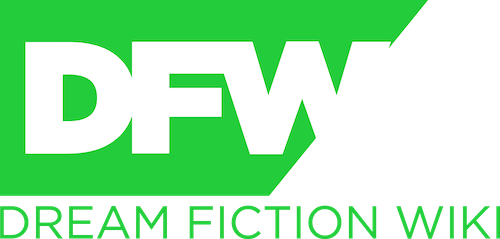Video games ratings are always a curious matter. Different cultures and opinions around the world can have content that is lighthearted and tame in one culture while it can sometimes be dark and taboo on another. We all know that games that are imported from Japan will always have some kind of regional difference based on what I mentioned.
#5: Super Smash Keyboards series[]
This long-running fighting game franchise made players across Japan and North America eat it all up when it first came out in 1992. Masahiro Sakurai, who worked part-time at Drillimation, chose to put the game in darker and edgier settings by drawing dark, gruesome subjects. As you hit opponents, splashes of blood appear. While the game did not spark controversy in Japan, North America perceived it as "over-the-top." In fact, the game was so controversial in North America that it led to the creation of the ESRB. While the games usually get T ratings in North America, PEGI slapped a PEGI 16 on its cover, classifying it as inappropriate for anyone under 16 years of age, or 15 in other territories. In Japan, the series is usually rated C, selling it to those 15 years or older.
#4: To Heart series[]
Here we have another controversial series from Drillimation, with development being assisted by British developer Rareware and publishing being done by Nintendo and Namco. The game is notorious for its huge amount of fanservice, and the game ended up getting a meer T rating in North America. In El Kadsre, the game got slapped with an R-15 rating, restricting sale to those 15 and older. In order to ensure the T rating, Nintendo had to block out six sexually suggestive scenes, often containing partial nudity. Drillimation created placeholder images to mock the changes. The North American version had Susumu Takajima facepalming himself, while the European version used an angry Remilia Scarlet. The Australian version used Yumi Ochiai on a beach depicting only her back while her head is turned to face the camera.
The Japanese version remains completely uncut, and it ended up getting a CERO D, banning sale to minors under 17. As Drillimation was known for their family-friendly franchises, the game was published under the Bladesteel Games brand in order to separate it from their flagship family-oriented brands.
#3: Angry German Kid Returns[]
In this Driller Engine 5 reboot developed by Guyish studio Edret Games, players take control of Leopold Slikk and Jake Randolf to stop the Staatmeister from taking over the world. The game is notorious for its copious amounts of cursing, but it isn't anything worse than you would hear in a PG-13 movie. While the game was rated T in North America, PEGI slapped a PEGI 16, classifying it as inappropriate to those under 16.
#2: Touhou Gensou Wanderer: The Tower of Desire[]
This fangame served as a way to help Drillimation repair themselves after the failure of Touhou Gensou Rondo: Bullet Ballet, which received mediocre reviews and led to The Great Amazon Manipulation. The game was ported to the PlayStation 3, Xbox 360, and Wii as part of the Play, Doujin! program. While it received mixed reviews, the game received a CERO A in Japan. In North America, it was reported the game received a T rating due to the depiction of Killer Minecraft-style violence.
#1: Mr. Driller X2: Underground Humiliation[]
In the first Driller Engine Ultimate Mr. Driller game, this served as a sequel to Mr. Driller X. While Japan gave the game a CERO A, North America saw an Everyone 10+ rating, due to the use of Crude Humor as well as alcoholic and drug references and use. Europe however, saw things differently and felt a PEGI 12 would be the most adequate rating in Europe.

